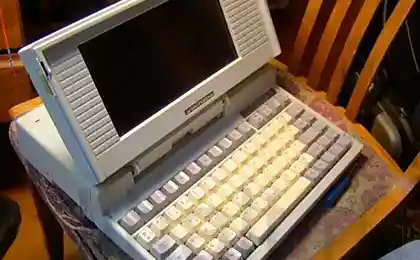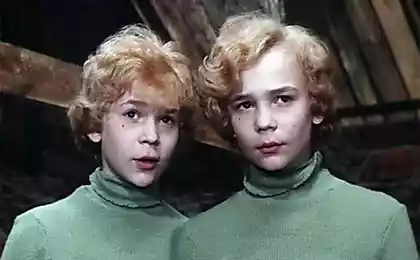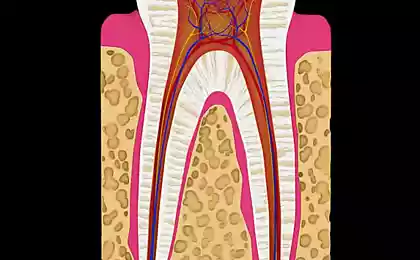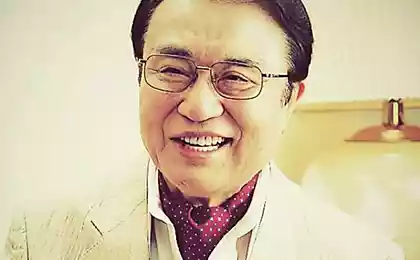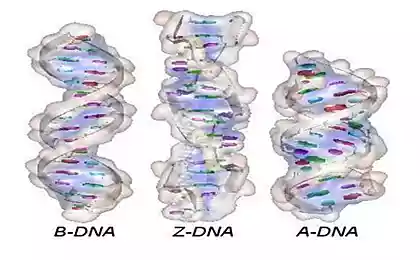379
Microbiologists have made a breakthrough in the development of "green" electronics
Microbiologists at the University of Massachusetts in Amherst have discovered a new type of protein fiber that use bacteria for electrical connection to other microbes and minerals. These natural nanoproduce will help to accelerate the development of eco-friendly conductive materials for the electronic industry.

Until recently, in the laboratory of the University of the nanowires were studied only one species of bacteria, Geobacter sulfurreducens. At the same time, scientists were primarily interested in why the micro-organisms needed to synthesize the wires. In the new work, published in the Microbiology journal mBio, the first focused on the electric properties of the protein material of the nanowires and prospects of their practical use.
The authors analyzed a wide range of conductive fibres produced by different strains of eubacteria. To do this, they modified the G. sulfurreducens, inserting into it genes for the formation of nanorobotics other microbes.

They found that one of the microorganisms to synthesize nanowires with a conductivity of 5 thousand times higher than that of the fibers of G. sulfurreducens. By a strange coincidence, this species is Geobacter metallireducens — was the first of the anaerobic bacteria isolated in pure form.
Abnormally high electrical conductivity for a new organic material the researchers associated with the abundance in it of aromatic amino acids. The high density of benzene rings, according to their hypothesis, creates optimal conditions for the transfer of electrons along the protein fibers.
As noted by one of the authors of the publication, Derek Lawley (Derek Lovley), three decades ago, received a pure culture of G. metallireducens from the mud of the Potomac river, chemical synthesis of nanowires in laboratories requires toxic chemicals, high temperatures, expensive metal and is associated with greater energy consumption. In contrast, microbial nanowires completely non-toxic and can be mass produced in bioreactors at room temperature from a low-cost renewable components, expending much less energy. published
Source: www.sciencedaily.com/releases/2017/01/170117140009.htm

Until recently, in the laboratory of the University of the nanowires were studied only one species of bacteria, Geobacter sulfurreducens. At the same time, scientists were primarily interested in why the micro-organisms needed to synthesize the wires. In the new work, published in the Microbiology journal mBio, the first focused on the electric properties of the protein material of the nanowires and prospects of their practical use.
The authors analyzed a wide range of conductive fibres produced by different strains of eubacteria. To do this, they modified the G. sulfurreducens, inserting into it genes for the formation of nanorobotics other microbes.

They found that one of the microorganisms to synthesize nanowires with a conductivity of 5 thousand times higher than that of the fibers of G. sulfurreducens. By a strange coincidence, this species is Geobacter metallireducens — was the first of the anaerobic bacteria isolated in pure form.
Abnormally high electrical conductivity for a new organic material the researchers associated with the abundance in it of aromatic amino acids. The high density of benzene rings, according to their hypothesis, creates optimal conditions for the transfer of electrons along the protein fibers.
As noted by one of the authors of the publication, Derek Lawley (Derek Lovley), three decades ago, received a pure culture of G. metallireducens from the mud of the Potomac river, chemical synthesis of nanowires in laboratories requires toxic chemicals, high temperatures, expensive metal and is associated with greater energy consumption. In contrast, microbial nanowires completely non-toxic and can be mass produced in bioreactors at room temperature from a low-cost renewable components, expending much less energy. published
Source: www.sciencedaily.com/releases/2017/01/170117140009.htm
The bike transformer is maximally customizable to any body
The road, charging electric cars on the go wireless transmission of energy, to be built in Israel





